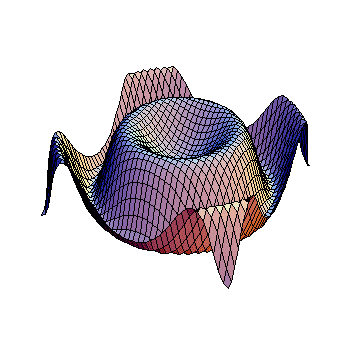Question #9b4c9
2 Answers
See exlanation
Explanation:
We have that
We used that
It's not an identity.
As a general hint for proofs though, just try to use algebra to beat through the expression until you see an absurd (which means you've proved it isn't so) or an already proven or axiomatic identity, like
Explanation:
Multiply both sides by
Expand that
Pass the tangent and the cotangent from right side to left
Put that tangent in terms of cotangents, and multiply both sides by
Multiply both sides by the cotangent, and divide both sides by
Put the cosine in evidence
Isolate the cosine
Now, the cosine can range through


